Gum disease doesn’t begin with dramatic symptoms. It starts quietly—often so subtly that many people don’t realize anything is wrong until the condition has advanced. By then, the damage may already include gum recession, bone loss, or even loose teeth. The good news? Gum disease is highly preventable, and the earliest signs are absolutely detectable if you know what to look for.
This article explores how gum disease begins, the early warning signs most people overlook, what happens as it progresses, and the steps you can take—both at home and with a dentist—to stop it before irreversible damage occurs.
What Exactly Is Gum Disease?
Gum disease, or periodontal disease, is an inflammatory condition caused by bacteria in dental plaque. When plaque builds up along the gumline, it triggers irritation and inflammation. If not removed properly, the condition progresses from mild and reversible gingivitis to more advanced and destructive periodontitis.
Two Main Stages of Gum Disease
- Gingivitis (Early Stage):
• Inflammation limited to the gums
• Caused by plaque buildup
• Reversible with consistent oral hygiene - Periodontitis (Advanced Stage):
• Damage extends to bone and supporting tissues
• Causes gum recession, deep pockets, loose teeth
• Not fully reversible, but manageable with treatment
Recognizing the signs of gingivitis early can prevent the progression to periodontitis.
What Are the Early Symptoms You Should Never Ignore?
Many people miss the subtle beginnings of gum disease because they think the symptoms are “normal.” They’re not. Your gums should not bleed, hurt, or swell regularly.
Here are the earliest and most important signs to watch for:
1. Bleeding When Brushing or Flossing
The most common early sign.
Even occasional bleeding indicates inflamed gum tissue reacting to plaque bacteria.
Myth to avoid: “If my gums bleed, I should floss less.”
Truth: Bleeding means you need more consistent, gentle cleaning—not less.
2. Persistent Bad Breath or a Bad Taste
Chronic halitosis often results from trapped bacteria under the gumline.
If brushing and mouthwash don’t solve it, early gum disease may be the cause.
3. Swollen, Red, or Tender Gums
Healthy gums are:
- Pale pink
- Firm
- Not painful
Inflamed gum tissue appears darker—sometimes bright red—and may feel sore when touched.
4. Gums That Look “Puffy” or Slightly Raised
Inflammation from plaque buildup makes gums appear enlarged or ballooned around the teeth.
5. Gum Sensitivity While Eating or Drinking
If your gums feel sore with temperature changes, spice, or brushing pressure, inflammation may be setting in.
6. Subtle Gum Recession
You might notice:
- Teeth looking slightly longer
- A small notch or “dip” at the gumline
- Sensitivity to cold
Gum recession can start early—some people notice it only in photos or while flossing.
7. Separation Between Teeth and Gums
This is the beginning of pocket formation.
You may feel floss “drop deeper” in certain spots than before.
It’s one of the strongest early predictors of gum disease.
How Does Gum Disease Progress if You Ignore the Early Signs?
If left untreated, gingivitis transforms into periodontitis. This stage involves deeper bacterial invasion and structural breakdown.
Intermediate Stage
- Deep pockets around teeth
- Increasing recession
- Pain when chewing
- Noticeable bad breath
- Occasional gum abscesses
Advanced Stage
- Bone loss visible on dental X-rays
- Teeth shifting position
- Spaces developing between teeth
- Loose or mobile teeth
- Tooth loss
Advanced gum disease affects more than just your smile—it’s linked to heart disease, diabetes complications, and inflammatory disorders.

Which Preventive Measures Can Stop Gum Disease Early?
The best time to stop gum disease is during the gingivitis phase. Prevention is highly effective if done consistently.
1. Brush Twice Daily (2 Minutes Each Time)
Use:
- A soft-bristled toothbrush
- Fluoride toothpaste
- Gentle circular motions
Avoid hard scrubbing—it irritates gums and worsens recession.
2. Floss Daily (Properly)
Slide floss gently under the gumline in a C-shape.
If flossing is difficult, alternatives include:
- Water flossers
- Soft interdental brushes
- Floss picks (for travel)
3. Use an Antibacterial Mouthwash (When Needed)
Look for mouthwashes with:
- Cetylpyridinium chloride (CPC)
- Essential oils
- Chlorhexidine (only with dental supervision)
4. Maintain Regular Dental Cleanings
Professional cleanings remove tartar (hardened plaque) that brushing cannot.
Most people need cleanings every 6 months, though those with early gum issues may need them every 3–4 months.
5. Limit Sugar and Starchy Snacks
Bacteria responsible for gum disease thrive on:
- Sticky sweets
- Crackers
- Chips
- Sugary drinks
Hydrating and eating fiber-rich foods help naturally cleanse the mouth.
6. Stop Smoking or Vaping
Nicotine restricts blood flow to gum tissue, making early gum disease harder to detect because gums bleed less—but the damage is still happening.
What Professional Treatments Help If Early Symptoms Have Already Started?
If you notice persistent bleeding, swelling, or gum sensitivity, early treatment can reverse or halt the condition.
Non-Invasive Professional Options
- Scaling and Root Planing
Deep cleaning to remove plaque and tartar under the gumline. - Antibacterial Rinses or Gels
Dentists may prescribe medicated products to reduce bacteria. - Laser Therapy (for mild periodontitis)
Helps disinfect pockets and promote healing. - Gum-Specific X-Rays
Detect early bone loss before symptoms become severe.
When Should You See a Dentist Immediately?
Seek professional evaluation within a week if you experience:
- Gums bleeding daily
- Sudden swelling or a gum abscess
- A loose tooth
- A bad taste that won’t go away
- Visible gum recession
- Pain when chewing
Early intervention can prevent permanent bone loss or tooth shifting.
How Can You Monitor Your Gums at Home?
Try these self-checks monthly:
- Examine gum color and contour in the mirror.
- Note any changes in breath odor.
- Track whether floss feels different between teeth.
- Take progress photos of your gumline.
- Use a timer to ensure proper brushing duration.
These small habits help you catch changes early.
Final Thoughts: Why Early Recognition Matters
Gum disease is silent at first—but not invisible. The earliest signs can be easy to identify once you know what to look for. Catching gingivitis early means you can reverse inflammation, protect your teeth, and maintain a healthy smile for life.
Ignoring symptoms, even small ones, risks allowing gum disease to progress into an irreversible condition. With daily care, mindful monitoring, and regular dental visits, you can stay ahead of gum disease long before it ever becomes a serious threat.

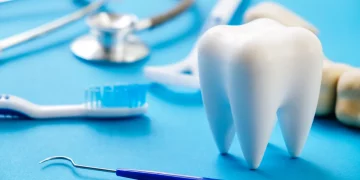




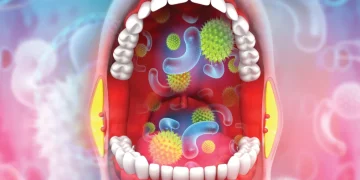
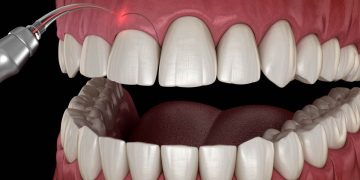
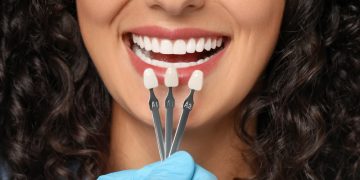

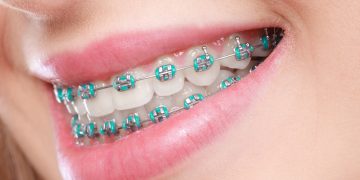
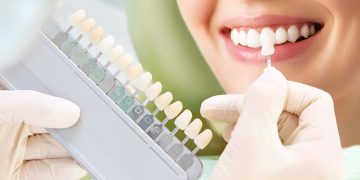

































Discussion about this post